Classic Sultana Scones
Classic Sultana Scones are so quick and easy, yet always feel like a treat. Serve with double or clotted cream and jam, or simply spread with a generous amount of butter. I think a recipe for Classic Sultana Scones should be in every cook’s repertoire.
Jump to Recipe
I love scones of all kinds, sweet or savoury. And the possibilities for flavouring them are pretty endless. But in this post I want to show you how to make Classic Sultana Scones.
Apart from being delicious, once you’ve mastered the simple recipe, you can use it as a base for dreaming up scones with all sorts of different flavours. How about Hot Cross Scones? or Apple & Cinnamon Scones?
HOW TO PRONOUNCE ‘SCONE’
I guess we should first clear up how to pronounce the word ‘scone’. This is something of an obsession in Britain!
Here, it can be pronounced to rhyme with ‘cone’ or ‘con’. Growing up in a working class family in the East Midlands, in our house scones (always homemade) were pronounced to rhyme with ‘cones’ and everyone we knew said it that way too.
The ‘con’ brigade, usually heard only in drawing rooms on TV, were seen as very posh and alien to us. So it’s a little strange to read that the ‘cone’ pronunciation is the one often regarded as the rather affected way of speaking. However, reading this article, it seems that geography largely accounts for the differences in pronunciation. ‘Cone’ is the norm in the Midlands, and ‘con’ in the North. Southern England seems to be split 50:50.
Anyway, sorry for the diversion. You’re here to make scones aren’t you?
QUICK TREAT
Whatever you call this traditional British treat, you can whip up a batch in around 30 minutes. And that includes the baking time! This means it’s scones I often turn to when I want to make something quick.
The great thing about Sultana Scones is that, traditionally at least, most British households would always have the ingredients to hand. All that’s required is flour, butter, sugar, dried fruit and milk. You don’t need pastry cutters either: a drinking glass will do.
EASY METHOD
The basic recipe is so simple. Start by rubbing butter into sifted self-raising flour, baking powder and a pinch of salt. Although self-raising flour already has raising agent in it, for scones I like to add additional baking powder to help get a really nice height.
Next, sugar and sultanas are stirred in, then the liquid to form a soft dough. I use plain, full-fat yogurt in my scones. I now make my own yogurt so always have some in, and it does make the scones light and fluffy. You could also use milk or buttermilk, or virtually any combination of yogurt, milk and buttermilk.
When forming the dough, start off with a rubber spoon or spatula to bring the mixture together, then switch to gently using your hands. Handling the dough as little as possible should help to keep the finished scones nice and soft inside, so just give it a few seconds’ light kneading.
Roll the dough out on a lightly floured surface, no thinner than 2-3 cm. Stamp out the scones, re-rolling any scraps to use up all the dough. A 7cm cutter should give you 8 – 9 scones.
To give a slight crunch to the top of the finished scones, I brush them with a little yogurt, thinned with water, then sprinkle on some sugar before baking.
Part of the attraction of making scones is that they take very little time to cook. But this also means you can’t go wandering off and forget about them! I find that at 180C in my fan oven, scones are usually done in around 13 minutes.
Scones are best served slightly warm, spread with butter as a minimum. But if they’re not going to be eaten straight away, store in an airtight container or freeze once they’re completely cold. A few seconds in the microwave or a few minutes in a low oven will be enough to warm them through again.
CREAM-THEN-JAM OR JAM-THEN-CREAM?
If the controversy over the pronunciation of the word ‘scone’ isn’t bad enough, what’s really gets British people going is ‘jam first’ or ‘cream first’.
I’ve always been a cream-then-jam devotee. Apart from not wanting double or clotted cream sliding off slippery jam, isn’t it so much more visually appealing to see shiny, bright jewel-like jam on top, not hiding under a creamy canopy?
I’ve heard some people don’t butter their scones before adding the cream and jam. But I’m a butter fanatic so anything that can take butter, I want butter on it, please.
Actually, on a really good homemade scone, butter alone is still a lovely treat. When I was a child, that was how we usually ate them. Sometimes with Homemade Strawberry Jam or damson jam, but never cream.
However you eat yours, I think you’ll agree that Sultana Scones really are worth the small amount of effort needed to knock up a batch of these traditional yet versatile British treats.
SAVOURY SCONE RECIPES:

Classic Sultana Scones
Sultana Scones are a British classic yet are so quick & easy to make. Good enough to eat with just butter, or add jam & cream for a real treat.
Ingredients
- 350 g self raising flour plus extra for rolling
- 1.5 tsp baking powder
- pinch salt
- 90 g butter
- 100 g caster sugar plus extra for sprinkling
- 100 g sultanas
- 150 ml plain yogurt (or yogurt & water, milk, milk & water or buttermilk) plus extra for brushing
Instructions
-
Preheat oven to 200°C /180° Fan /Gas 6 / 400° F and lightly grease or line a baking tray.
-
Sift together the flour, baking powder and salt into a large mixing bowl.
-
Using your fingertips, rub the butter into the flour mixture.
-
Stir the sugar and sultanas into the flour mixture.
-
Stir in enough yogurt or other liquid to the dry ingredients to form a soft dough: different flours absorb varying amounts of liquid so you may not need all of the 150ml or you may need a little more, so add gradually without making the dough wet.
-
Lightly knead the dough on a floured surface then roll out no thinner than 2cm: 3cm is best if you want tall scones.
Cut out scones, re-rolling the scraps to make more. A 7cm cutter should make 8-9 scones.
Place the cut out scones on the prepared baking tray.
-
Brush a little yogurt thinned with water (or the other liquid you used) over the tops of the scones then sprinkle with sugar.
-
Place in the pre-heated oven and bake until risen and golden (10-15 min).
-
Transfer to a wire rack to cool a little.
-
Serve slightly warm, split and spread with butter plus cream and jam if liked.
-
If not using straight away, cool completely before storing in an airtight container or freezing.
ENJOYED THIS RECIPE? TRY THESE

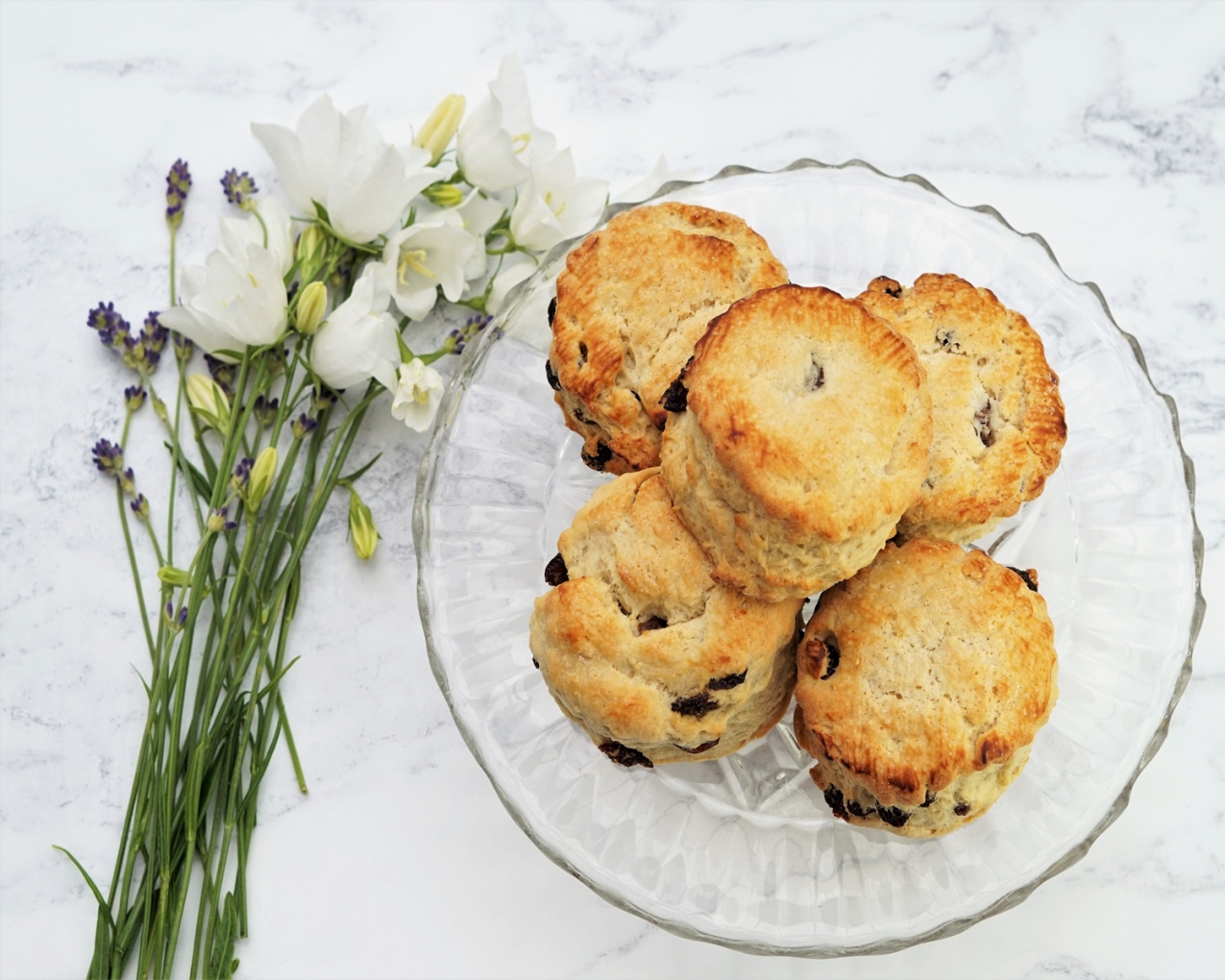
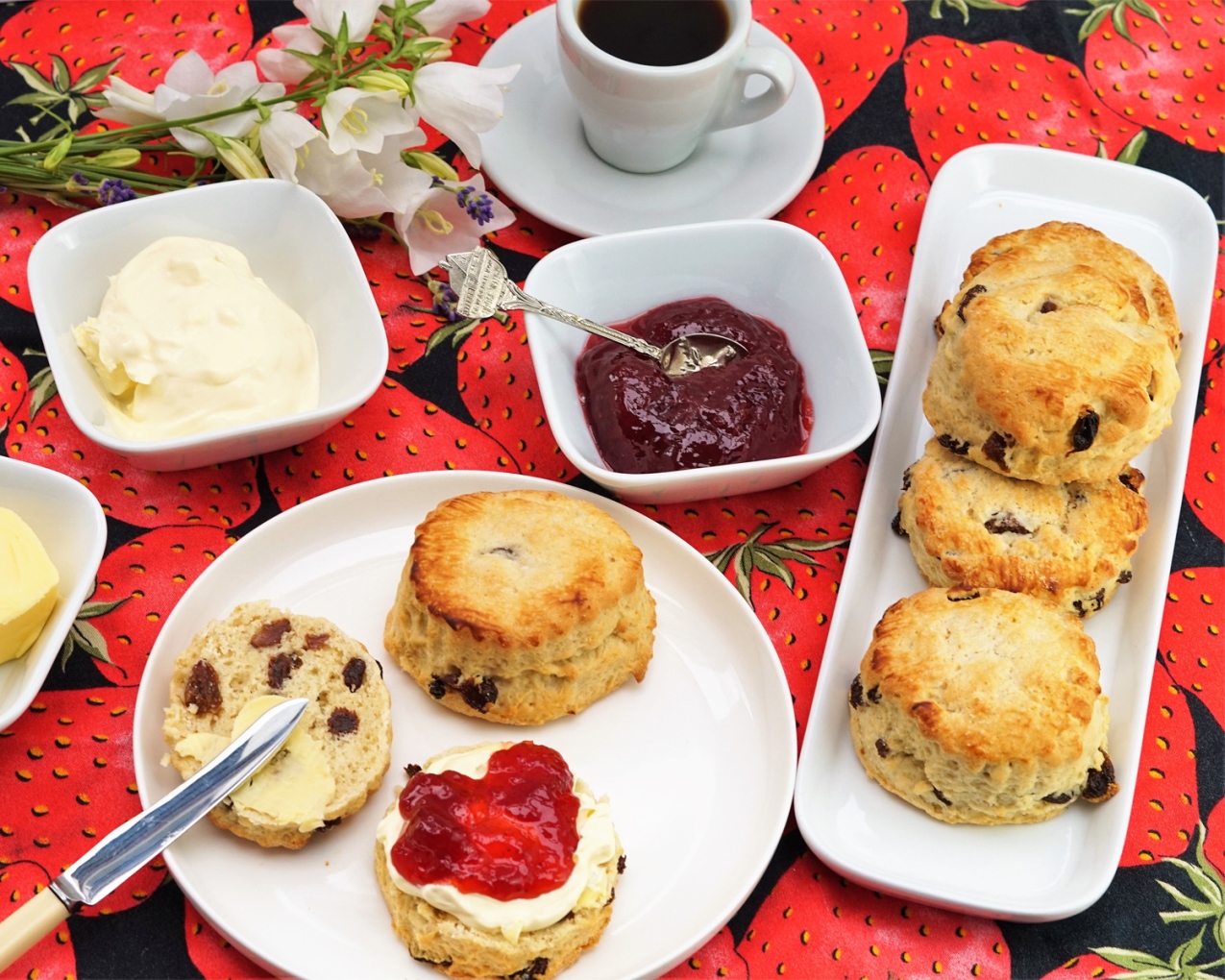


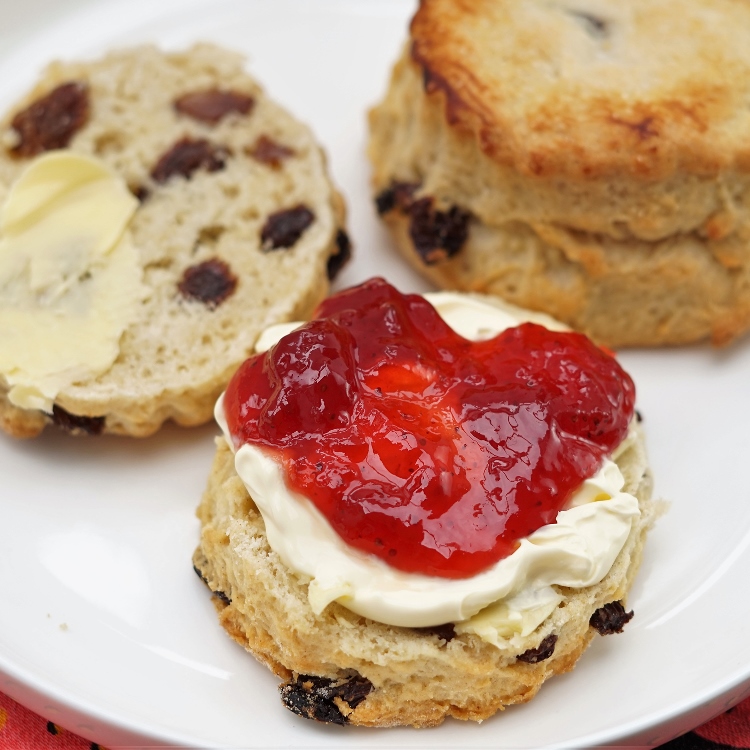

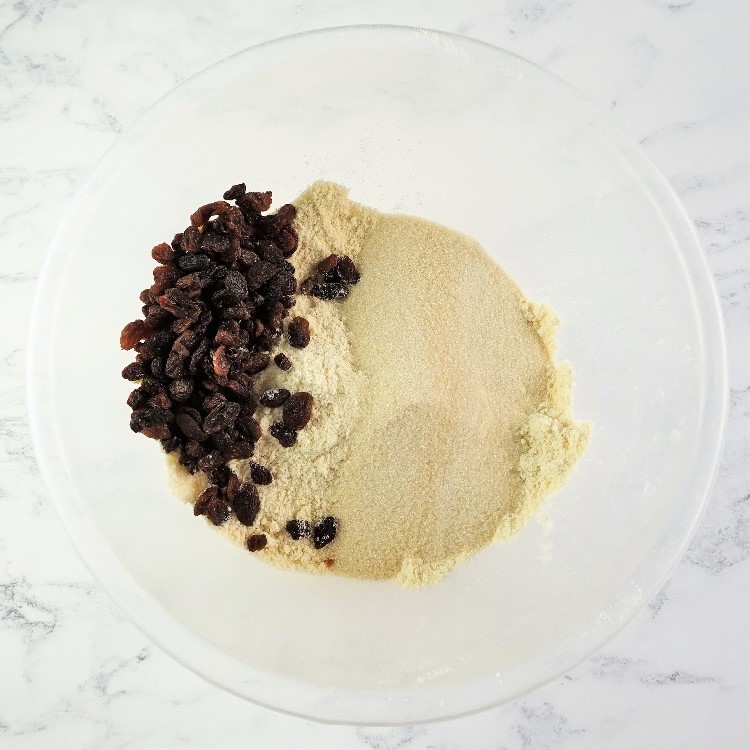


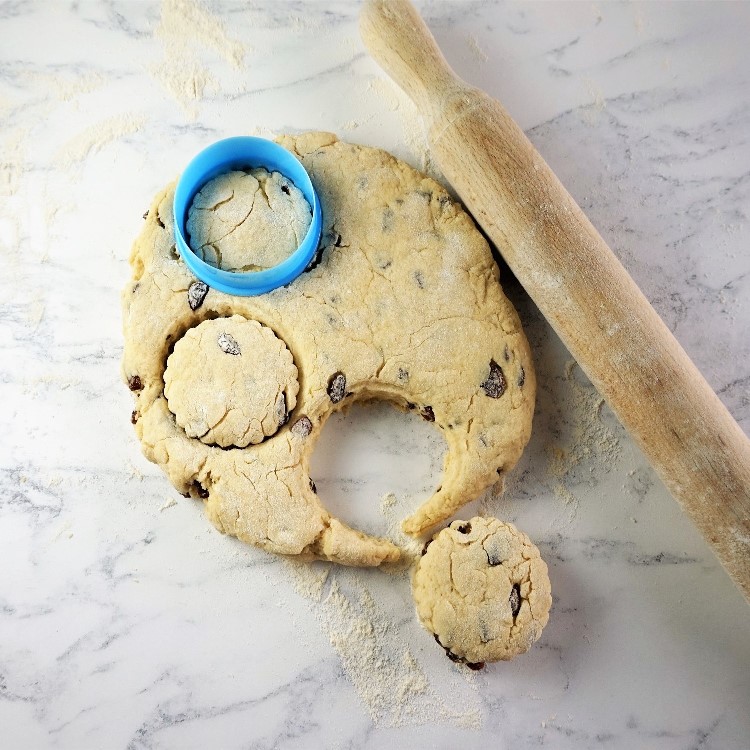

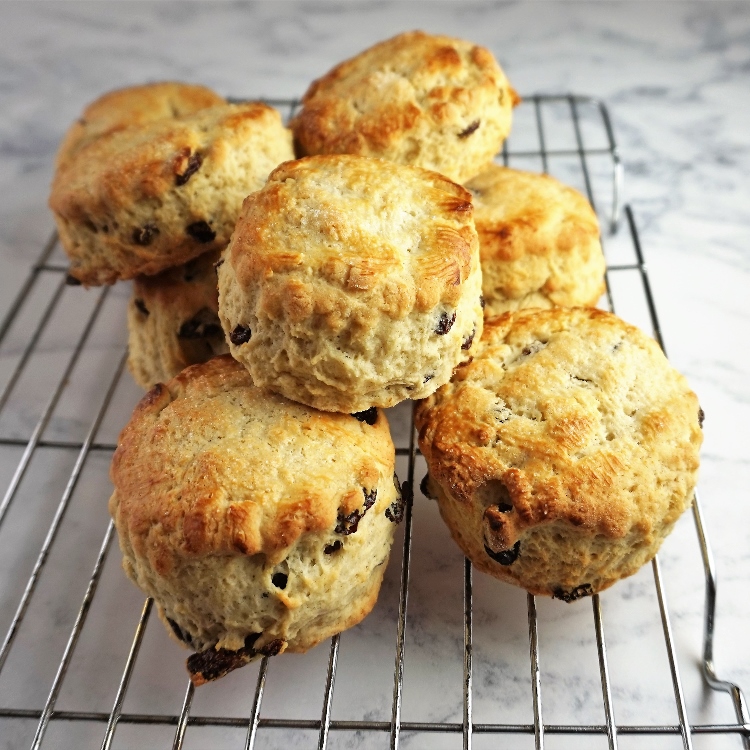
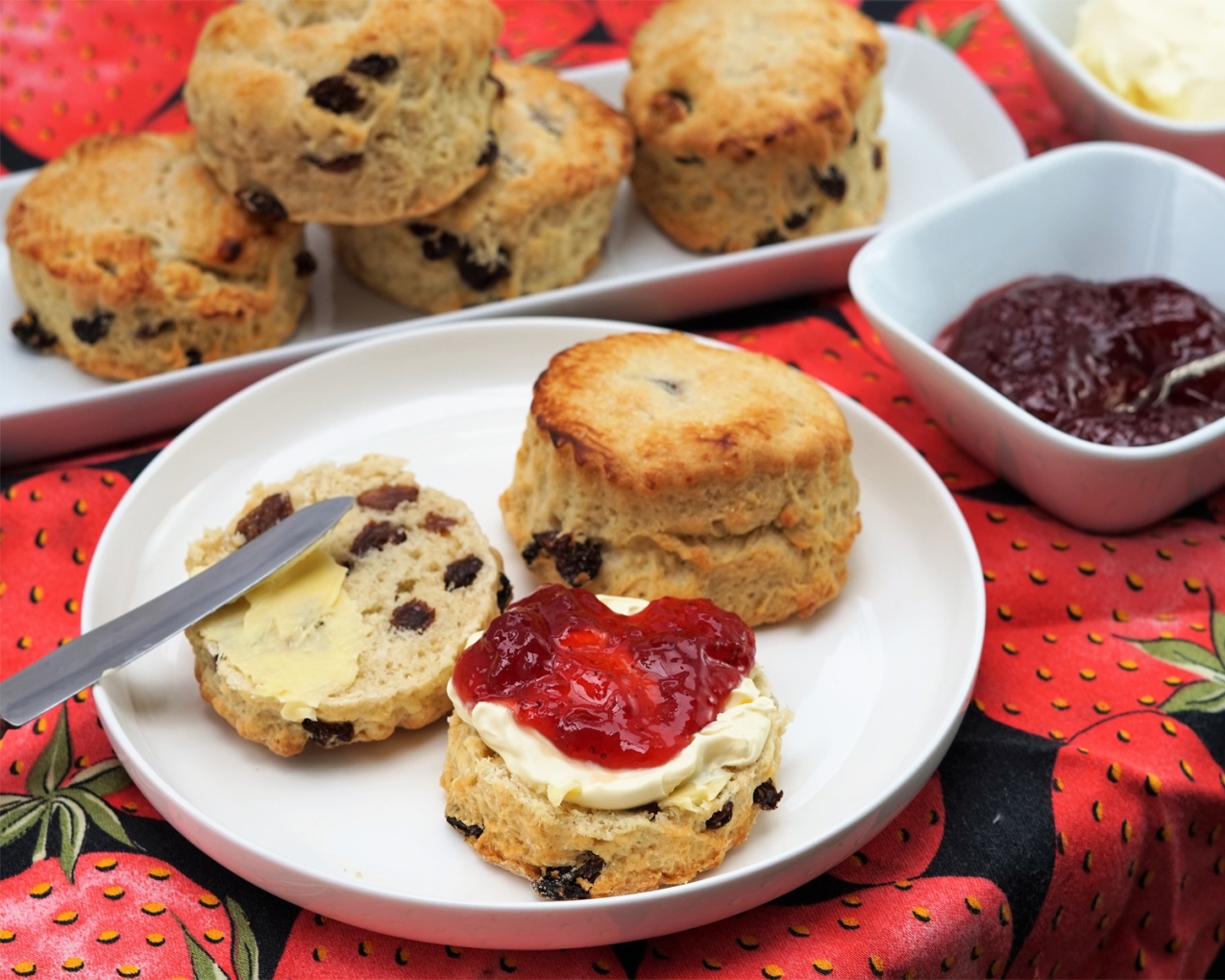
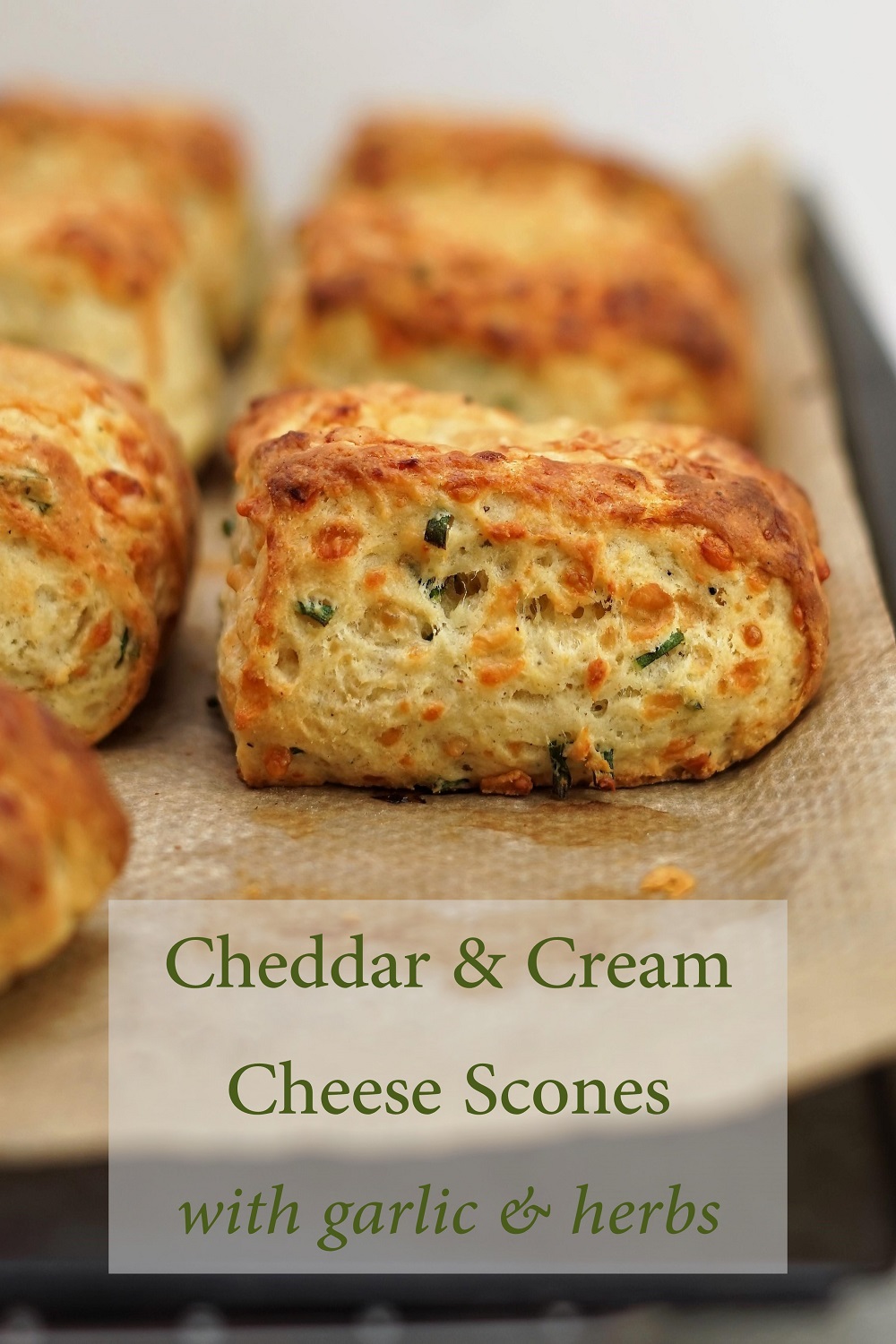
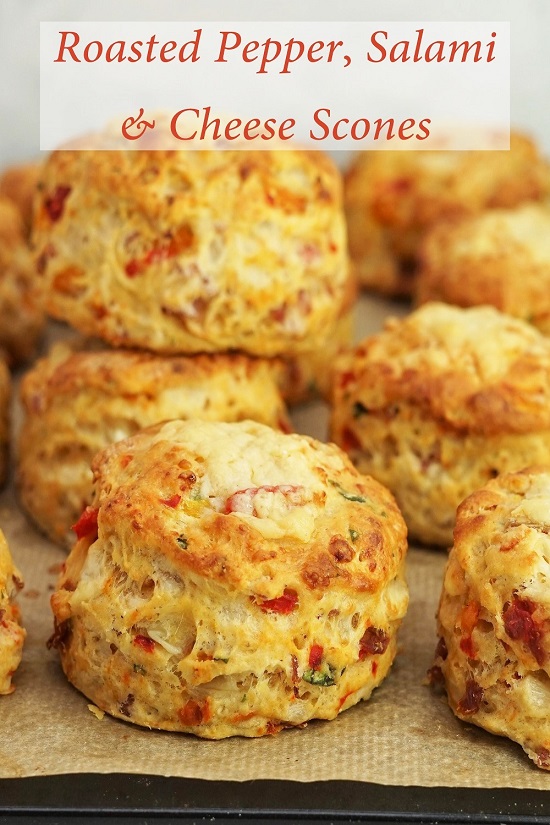
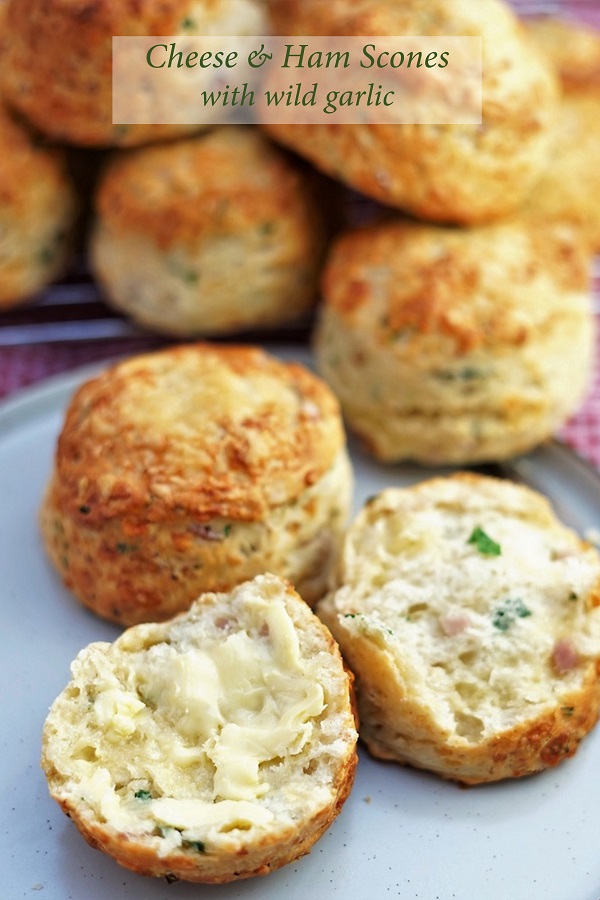
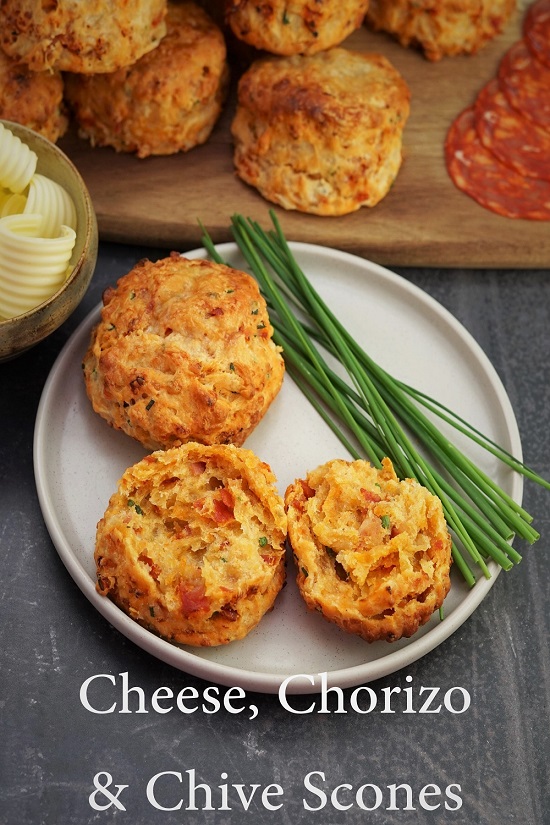
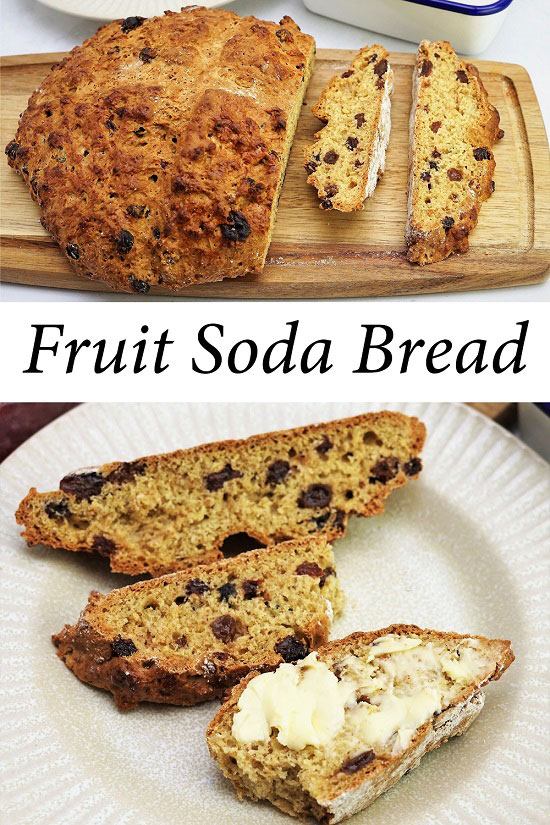
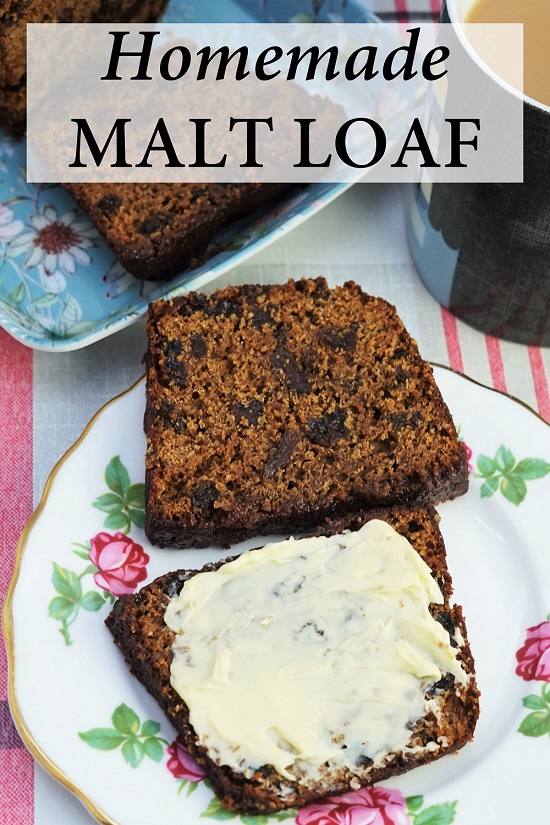
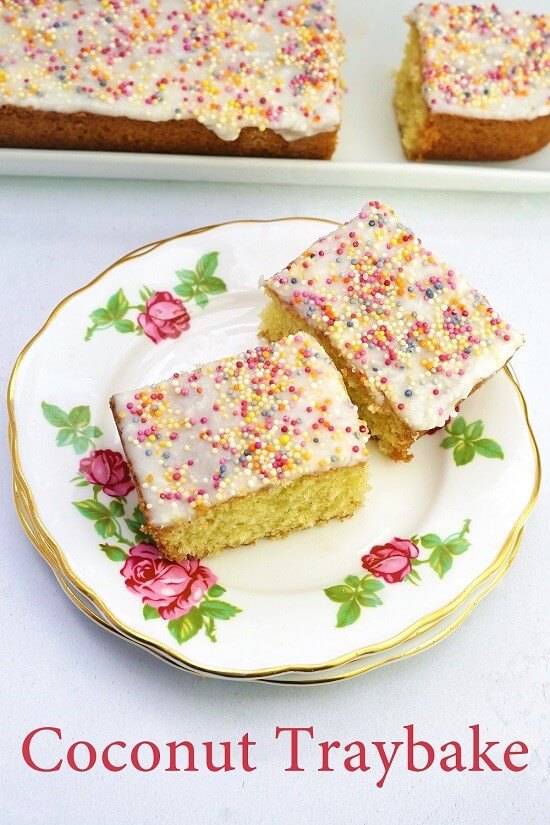
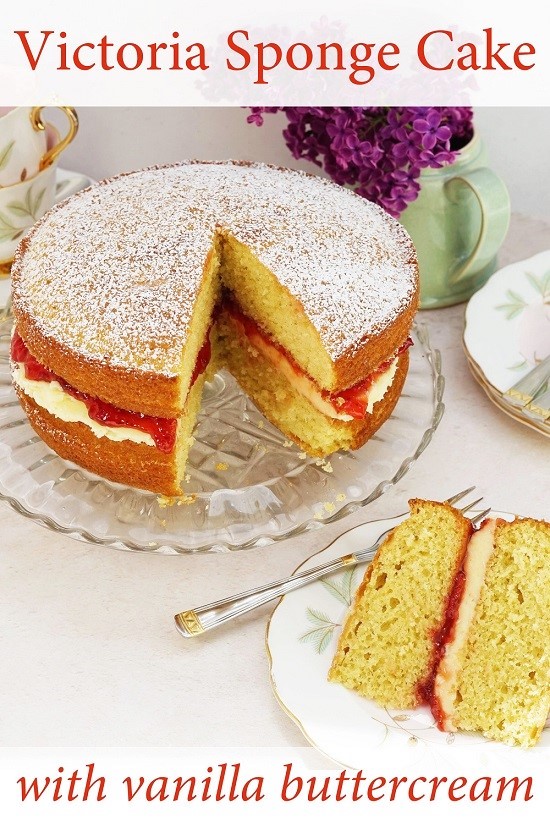
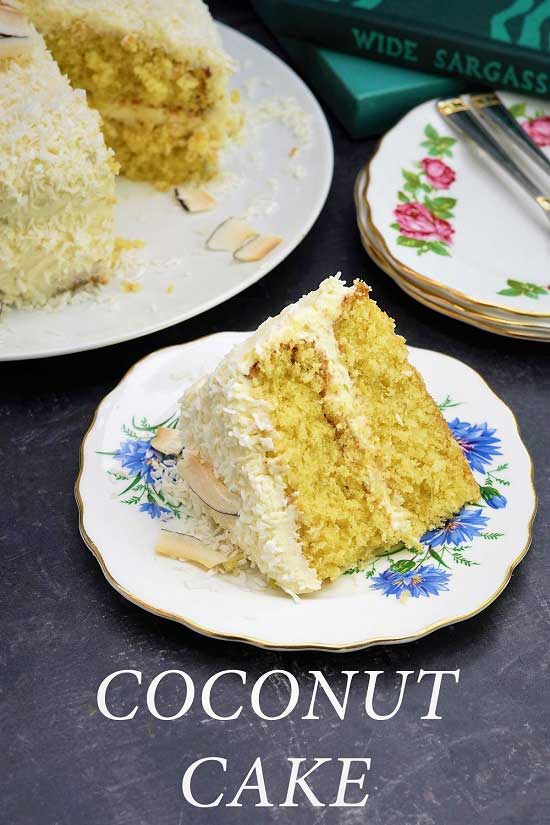
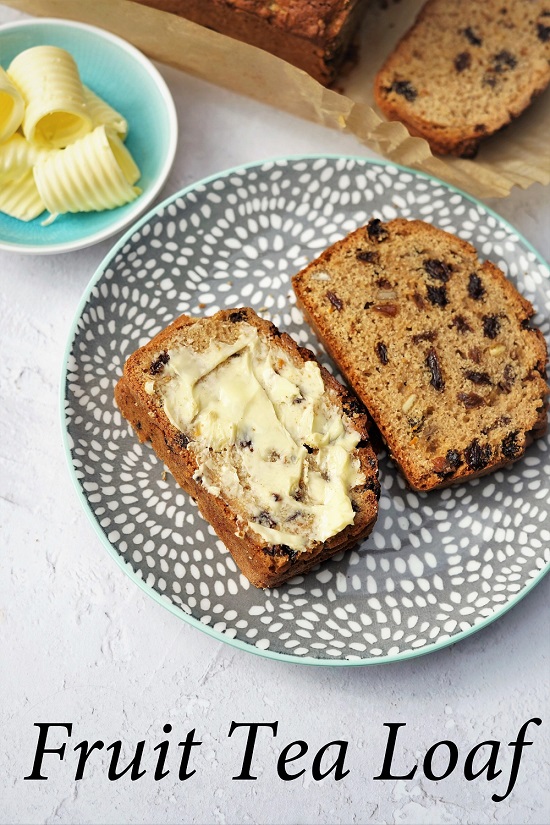
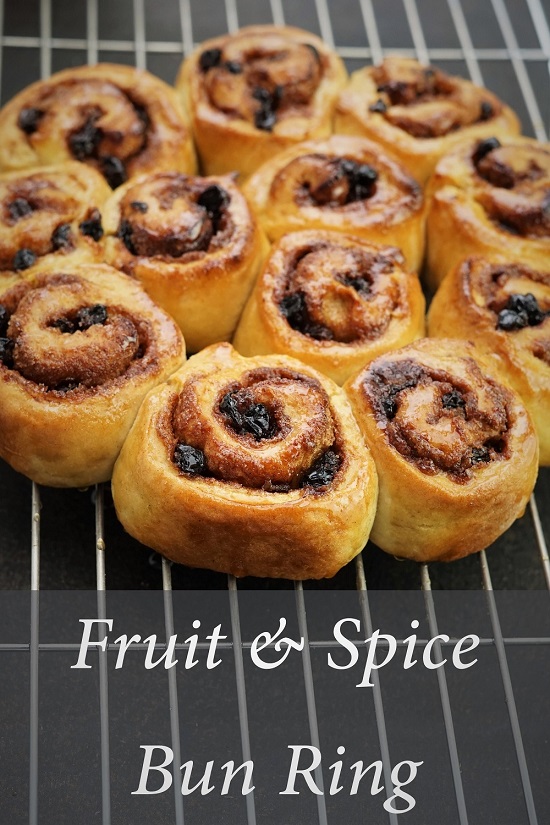
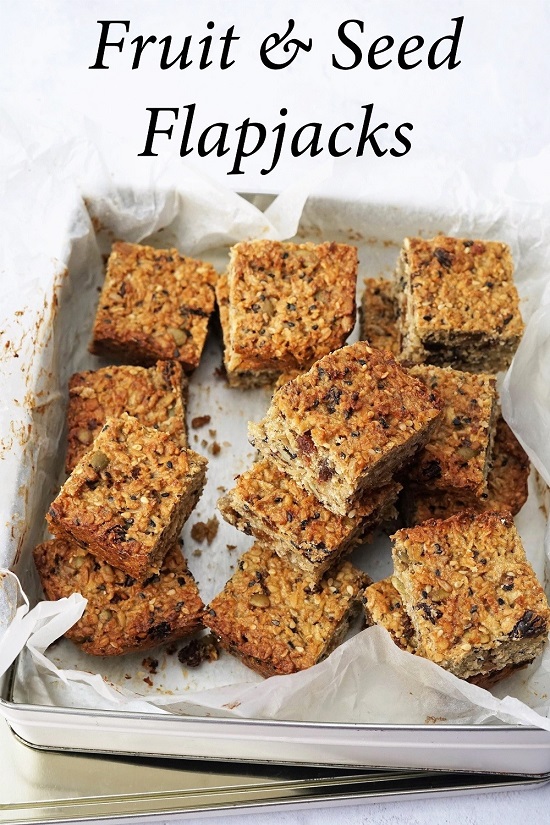
Hello, can I use regular flour instead of self raising one? In that case, probably some more baking powder will be needed. How much would it be OK? Thank you.
Hi, you can convert plain/all purpose flour to self-raising by adding baking powder. The amount often given is 1 tsp of baking powder per 100g of flour.
For these scones, that would mean 3.5 tsp + the 1.5 tsp already in the recipe. However, I’ve never used that much baking powder so can’t say what the result may be. Perhaps just use 4 tsp and be sure to roll out the dough thickly i.e. 3 cm?
If you try it, do come back and let me know how it goes!
Made these for the first time and they were delicious.
What do you recommend to use to stir the wet ingredients into the dry? Was trying not to overwork it but didn’t come together that easily.
Glad you found my recipe delicious, thank you!
For stirring doughs, batters and just about everything else, I use a sturdy silicone spatula/spoon with a flat, straight edge. They’re great for scraping the mixture from the sides of the bowl.
If necessary, you can also add extra liquid to help bring the dough together.
Hope this helps!
This recipe is brilliant. I used zero fat Greek yoghurt and added 50g toasted chopped hazelnuts and chopped dried apricots in stead of sultanas… my wife said that they were the best scones she’s ever tasted (…. and she’s had a few!).
Thanks Moorlands Eater
Thanks so much for the lovely feedback. Apricot and hazelnut scones sound wonderful: glad your wife approves too!
I tried your sultana scone recipe and also a so called award winning recipe.Your recipe was so much better! The scones were delicious. Thank you Moorlands Eater X
Wow, Andrea, what fantastic feedback! Thanks so much!
Just made a batch of these to take to work with some jam and clotted cream, and they went down a treat! Best scone recipe I have tried and I have had requests from colleagues for the recipe. Thank you for sharing!
Thank you Robyn for the great feedback! I love these with jam and clotted cream too.
I’ve been looking for a sultana scone recipe that doesn’t contain eggs for ages. Today I found yours. Within an hour I had 12 delicious scones (I used a smaller cutter). Thanks so much! Oh, next week I’m going to make your cheese version!
Glad you enjoyed them!
Whatever I try my scones never rise enough. Is there a secret? Going to try your recipe later today
Hi Sharon,
The first step to making sure your scones rise is having self-raising flour and baking powder that are well within their Best Before dates and haven’t been open for months and months. It’s surprising how quickly they lose their ability to make scones, cakes etc. rise!
Another tip is not to roll the scones too thinly: 2 cm is a minimum, although 3cm is even better. You should also try to handle the dough as little as possible e.g. only kneading it enough to bring it together.
Hope this helps!
Hi I have a question. Will these work with wholemeal flour and if so is more baking powder needed? I’m going to make them today as per the recipe, but we do love wholemeal scones even more than white ones. Thanks, they look amazing.
Hi Jennifer,
Many thanks for your interest in my recipe!
I’ve never completely replaced white flour with all wholemeal in baked goods such as scones as I think it would make them too heavy for my taste. I’d probably replace one third to one half with wholemeal flour and see how it went. If you did that, I doubt you’d need more baking powder although you’d most likely need more liquid as wholemeal flour tends to absorb more. The dough will also be a little stickier to work with.
But if you’re used to and like the taste and texture of all-wholemeal and want to have a go, I think adding an extra half teaspoon of baking powder wouldn’t do any harm.
However, this isn’t something I’ve done, so can’t guarantee the result! Again, you’ll probably need more liquid too.
I hope you’ll come back and let me know how it went?
Thanks for the quick reply – it was useful. I made them on Sunday morning and they were really good. I did about 50:50 with the flours. Might do more wholemeal next time. Thanks!
That’s great Jennifer, glad you enjoyed them 🙂
These are best sultana scones ever!! I diluted the yoghurt with skimmed milk …have been making scones for 50 yrs. these are best!! Going to adjust recipe to other flavours. Thank you very much.
Wow, Mary, high praise indeed from such an experienced baker!
Thanks so much for your lovely feedback.
Fabulous recipe and very easy for a non-baker! Everyone has said how lovely they are! I gave had a request to make some plain scones but not sure if the recipe will work if I just omit the fruit… please help!
Hi Helen,
That’s great that you found the recipe nice and easy and everyone loved them!
I haven’t made these without fruit, but I don’t think that should be any problem at all so go right ahead.
Let me know how it went, won’t you?
This is now my go to recipe for scones after searching for years to gain my 80 year old Dad’s approval. He was a hard judge but he loves these. I have used the recipe without fruit to make plain scones and they are still beautiful. I also swap out the fruit, cherry scones with coconut milk instead of yogurt are amazing.
Many thanks Jayne for letting us know that the recipe is still good without the fruit to make plain scones.
That’s pretty great that even your hard to please Dad approves of these!
I love the sound of cherry scones with coconut milk: think I’ll give those a try.
I have tried absolutely loads of scone recipes over the years. This is officially my favourite. Really light & fluffy. Super easy. Also the scones seem to stay fresh for longer than normal so I don’t have to eat eat them all in one day !!
Thank you Hilary, that’s lovely to hear!
I actually made another batch of these myself yesterday: really good spread with lots of butter and homemade strawberry jam 😋
Many thanks for taking the time to comment & rate the recipe!
Hello again, I’ve just made another batch of lovely scones from your fabulous recipe. Today I reduced the amount of fruit & sugar by about 10 grams each. Previously I found the amount of fruit meant that it bulged out of the edges & when cooked the exposed fruit became too crunchy. The result today is a GREAT BIG THUMBS UP. Try it, you’ll love it.
Thanks so much for your lovely feedback, Hilary!
This easy recipe is quite forgiving so I’m glad you enjoyed it after tweeking to your own taste – exactly what I hope people will do with my recipes!
So delicious, my 8 years old daughter did them three time in last week as they gone, still worm, in seconds. So easy to follow recipes. Thank you Moorlans eater. X
Thanks so much for your lovely feedback, Kamila. That’s great that you find my recipes easy to follow. Always makes me happy to hear that parents are getting their children cooking too!
This is my favourite scone recipe by far. I crank the oven a little hotter and bake for a little less time because I like a crunchier texture on the outside together with the tender interior. Really nice recipe, thanks!
Thank you, Richard! So glad you like the recipe & have adapted it to your own taste.
Thanks so much for taking the time to give your feedback!